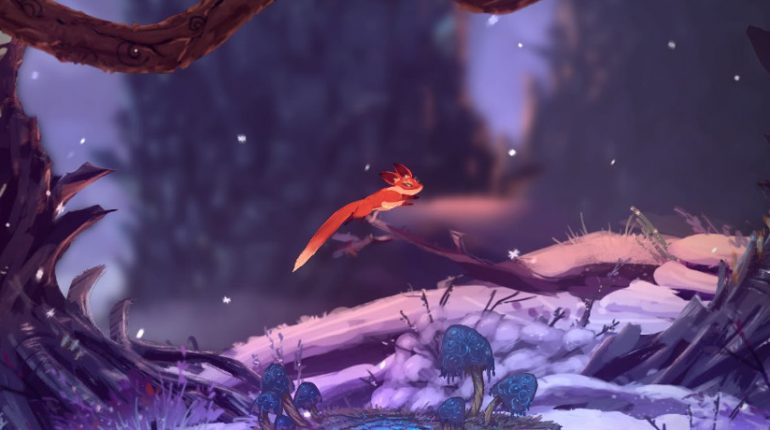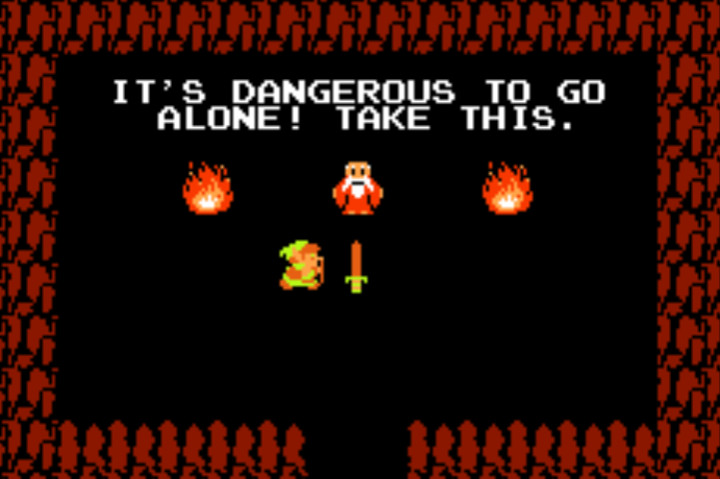
A friend of mine once told me that he was a pretty little kid the first time he played The Legend of Zelda on NES. When he acquired the sword for the very first time (in one of the most famous scenes in video game history), he was so excited that he spent several minutes running circles in that first cave area just swinging that sword around. He’d had a friend over, and the friend was pleading for him to just leave the cave and get on with the game, but he didn’t care; he just loved the feel of that sword.
While falling under this sort of gameplay spell is incredibly rare, I can recall a few particular instances that stand out like this for me personally. Mega Man’s slide move in Mega Man 3 is an example, as is Meat Boy’s precarious, meaty leaping in Super Meat Boy.
But a new gameplay mechanic has me transfixed right now: the fox’s jump in Seasons After Fall on PS4.
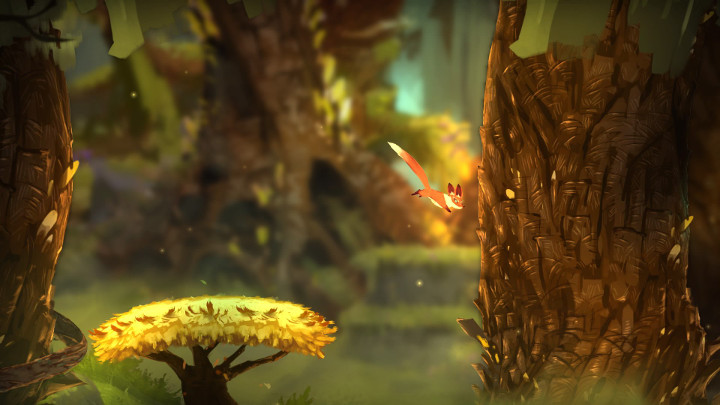
I’m trying to put my finger on exactly what I like about this, but it’s eluding me. Maybe it’s that the parabolic arc of the jump is so aesthetically appealing, emphasized by the flowing tail that traces it in the fox’s wake. Or maybe it’s because there’s a bit of a glide to it, and when you hit the edge of something, you’re rewarded with an adorable animation of the fox trying to climb. Or maybe it’s more about the way it feels, how the controller mechanics are perfectly calibrated, or how you can perform wild stunts by switching direction mid-air. It could be any combination of these elements — or something else entirely.
Whatever it is, I’m holding back a big, dopey grin every time I jump in this game.
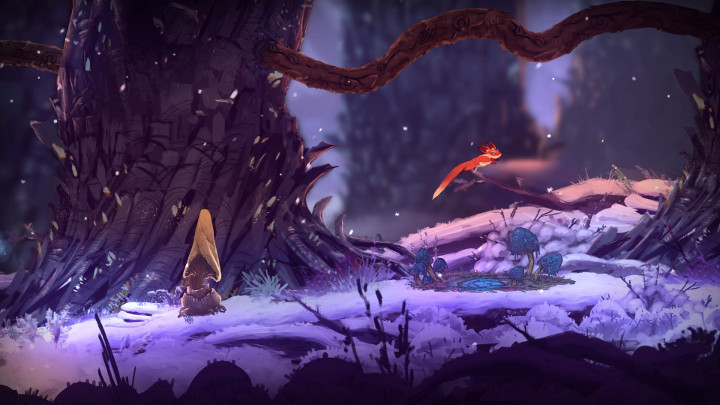
I’d like to imagine that someone on staff at Swing Swing Submarine obsessed over this tirelessly, perhaps to the detriment of other deadlines, trying to get the jump mechanics absolutely perfect. But I guess a lot of the game’s elements feel obsessed over, such as its painstakingly designed backdrops or its hypnotic sound design. So maybe Seasons After Fall is the product of a sort of collective obsession — an obsession shared by everyone who worked on it.
To obsess over a jumping mechanic actually conveys meaning relevant to a platform game’s experience. It does in Super Meat Boy — which, according to interviews conducted for Indie Game: The Movie, came as a result of obsession. This jump mechanic was an attempt to conjure nostalgia and wink at the original Super Mario Bros. game.
And I think it has meaning in Seasons After Fall as well, though it’s a very different sort of meaning. I’m vicariously experiencing the fox’s carefree nature while simultaneously removing its true freedom (the protagonist of this game is technically a glowing ball of some sort of spirit energy that takes over the fox’s body temporarily). So while I’m experiencing this glorious liberty as this very agile fox, I’m also forcing it to do all this stuff because my true character’s ethereal form is incapable of this sort of athleticism on its own.
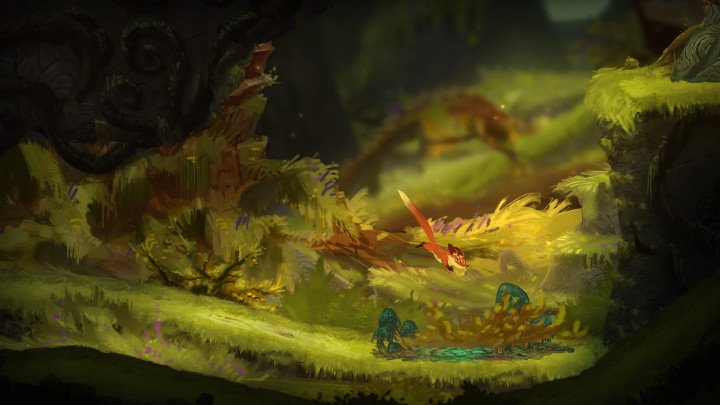
You can see how this might be an analog to the player-avatar relationship, how I’m forcing a character to do my will by pressing buttons. So really, any freedom or agility I feel is secondhand, experienced through a virtual creature with far more physical skill and energy than I have myself.
Or maybe this is emphasizing how the spirit being feels, finally able to take a physical form and move about in three-dimensional space; perhaps the relationship, then, is more about this ride that the spirit being is taking at the expense of the fox.
I admit that I might be reading all of this into Seasons After Fall. After all, sometimes a jump is just a jump. But, just like the first moment Link swings a sword in The Legend of Zelda, I can’t help but feel like there’s some magic behind this game mechanic.
